25 endangered languages you need to listen to before they disappear
When we lose a language, we don't just lose words; we lose a whole perspective

About 2,500 languages are in danger of becoming extinct according to Unesco, and some of them are spoken by only 30 people. By the turn of the century, it is estimated that at least 50 per cent of the world’s current spoken languages will be extinct. Unesco uses a set of five categories to define how endangered a language is:
- Vulnerable, where most children speak the language, but it may be restricted to certain domains such as the home;
- Definitely endangered, where children no longer learn the language as a ''mother tongue'' in the home;
- Severely endangered is when a language is spoken by grandparents and older generations, and while the parent generation may understand it, they do not speak it to children or among themselves;
- Critically endangered is when the youngest speakers are grandparents and older, and they speak the language partially and infrequently;
- Extinct - there are no speakers left.
To highlight these beautiful languages, 25 native speakers have recorded themselves saying the sentence: "A different language is a different vision of life". You can listen to all 25 below.

Wiradjuri Australia – 30 speakers left
Sadly, only 40 of Australia's original 250 indigenous languages remain. Wiradjuri is one of them, spoken in the south-western part of New South Wales. The publication of a Wiradjuri dictionary has led to a revival, with the language being taught in schools in a growing number of areas.

Nawat El Salvador – 200 speakers left
Alternatively known as Pipil, this language is spoken by 200 people. Despite a period of extinction in some regions, there is a growing number of second language speakers of it, signalling the language’s revival.

Aymara Bolivia, Chile, Peru – 2,000,000 speakers left
This is one of the very few Native American languages that has more than one million speakers. Interestingly, speakers of this language think of time differently than everyone else: linguistic and gestural analysis has shown they represent the past as being in front of them, and the future as behind them.

Balti India, Pakistan – Unknown number of speakers left
Today, this language is spoken in Northern Pakistan and some parts of Northern India. Although, since 1948, English and Urdu have had greater influence, many words that are characteristic of Tibetan dialects have been retained in honour of the language's roots.

Basque Spain, France – 660,000 speakers left
Linguistically unrelated to any known living language in the world, Basque is classed as a language isolate. It is also believed to be the only pre-Indo-European language in Europe; a fingerprint of the Continent’s linguistic landscape during the Neolithic period. Speakers can be found in the Basque Autonomous Region, the Spanish province of Navarre, and in the department of Pyrénées-Atlantiques in France.

Belarusian Belarus, Latvia, Lithuania, Poland, Russia, Ukraine – 4,000,000 speakers left
The official language of Belarus is also spoken in Latvia, Lithuania, Poland, Russia and Ukraine. Although the estimated number of speakers varies from one study to another, the general consensus is that most Belarussians speak Russian at home, with around half of them able to both read and speak it.

Breton France – 250,000 speakers left
Migrating Britons brought this language to Normandy during the early Middle Ages. Despite an increase in the number of children attending bilingual classes, the language is still classed as ‘severely endangered’.
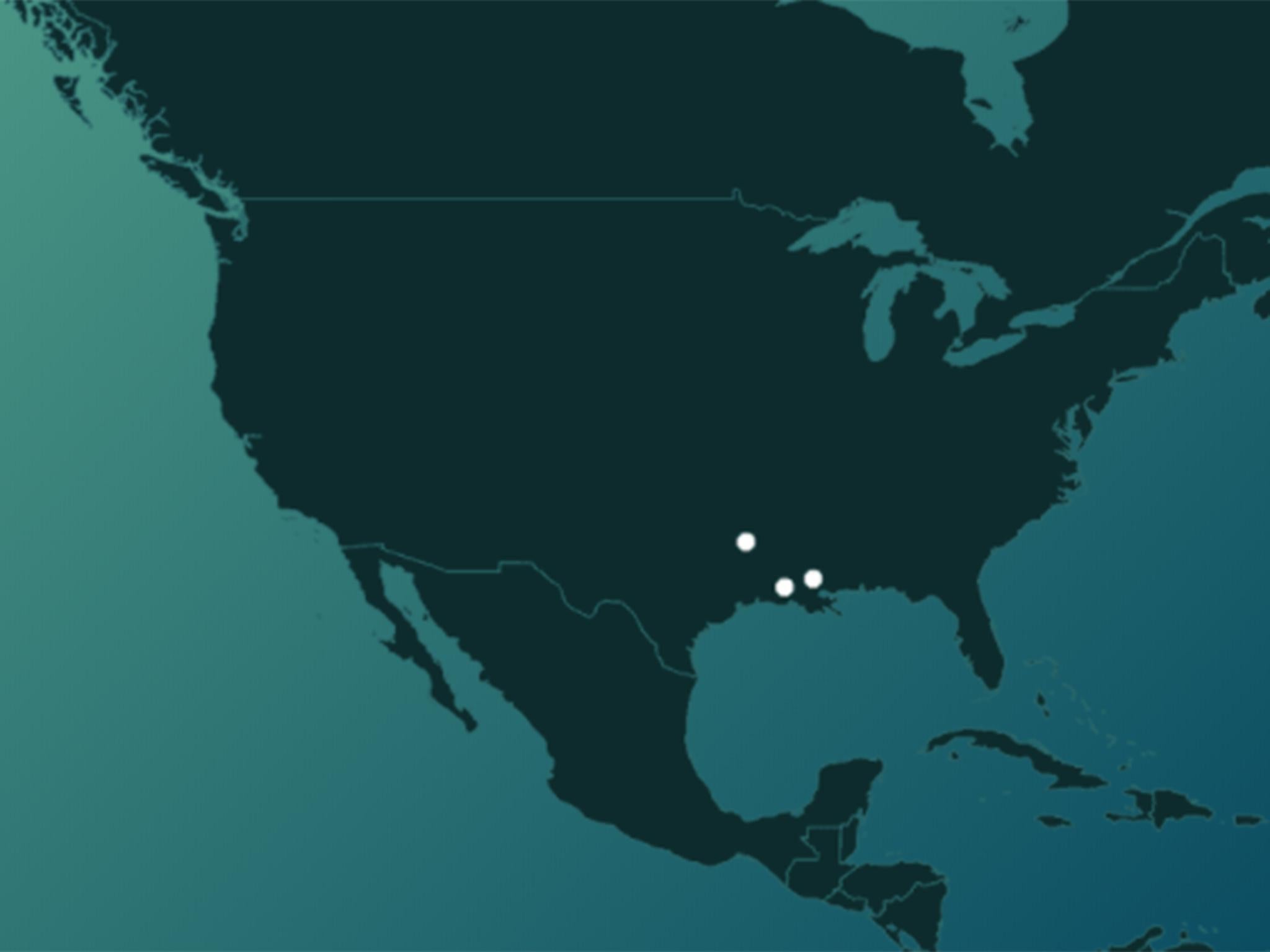
Choctaw United States – 9,500 speakers left
Spoken by just 9,500 people in Louisiana, Mississippi and Oklahoma, it belongs to the indigenous language family of the south-eastern United States. The written Choctaw language was developed in the early 19th century, aided by the civilisation programme of the United States.

Cornish England – Unknown number of speakers left
This is the backbone of Cornwall’s identity, which is recognised as a minority language in the UK and protected by the European Union. The language had been classed as extinct in the past, but after revivalist efforts, its speaker numbers are currently growing.

Guaraní Paraguay, Argentina, Brazil – Unknown number of speakers left
The language boasts a large number of non-indigenous speakers, a striking anomaly in Latin America’s linguistic landscape – usually dominated by European languages. Variations of Guarani are still spoken in areas of Argentina, Bolivia, Brazil, Paraguay and Uruguay. “Jaguar” and “piranha” are both loanwords from Guarani.

Irish/Gaelic Ireland – 440,000 speakers left
This language was spoken by all levels of society in both rural and urban areas of Ireland until the Great Famine. Irish became an official EU language in 2007; its nearest relatives are Scottish Gaelic and Manx, spoken by people on the Isle of Mann.

Kalmyk Russia – 153,602 speakers left
The language is spoken by a small minority of Europe’s only region where Buddhism is the most practised religion. The language of the Ewoks in the Star Wars film “Return of the Jedi” was based on Kalmyk’s unique phonology.

Limburgian Netherlands, Germany – Unknown number of speakers left
Speakers of this language are dispersed between the Netherlands and Germany. It shares many characteristics with German and Dutch, and is often considered a variant of either.

Lombard Italy, Switzerland – 3,500,000 speakers left
Despite being spoken by people in Italy and Switzerland, Lombard is considered a minority language. Given that it is structurally separate from mainstream Italian, younger generations are considerably less likely to speak it, especially in urban areas.

Nafusi Libya – 240,000 speakers left
This Afro-Asiatic language is mainly spoken in northwestern Libya’s Nafusa Mountains by about 240,000 people. The earliest appearances of Old Nafusi in manuscripts date as far back as the 12th century BC.

North Frisian Germany – 10,000 speakers left
In 1976, this minority language was spoken by 10,000 people, classing it as ''severely endangered''. A state law recognised it as the official language of North Germany’s Nordfriesland district and Heligoland island in 2004.

North Saami Finland, Norway, Sweden, Russia – 30,000
North Saami is part of the Uralic languages family and was first documented in the mid-18th century. It is recognised as an official language in Norway and as a minority one in Finland and Sweden. Speakers can also be found around the Russian borders with Finland and Norway. Only recently, it started being used in writing for administrative purposes.

Ojibwe United States – 6,000 speakers left
This indigenous language of North America consists of a series of dialects bearing local names, and, quite frequently, local writing systems. No single dialect is considered the standard version and there is no individual writing system that represents all of them. It is spoken in the states of Michigan, Minnesota and Wisconsin.
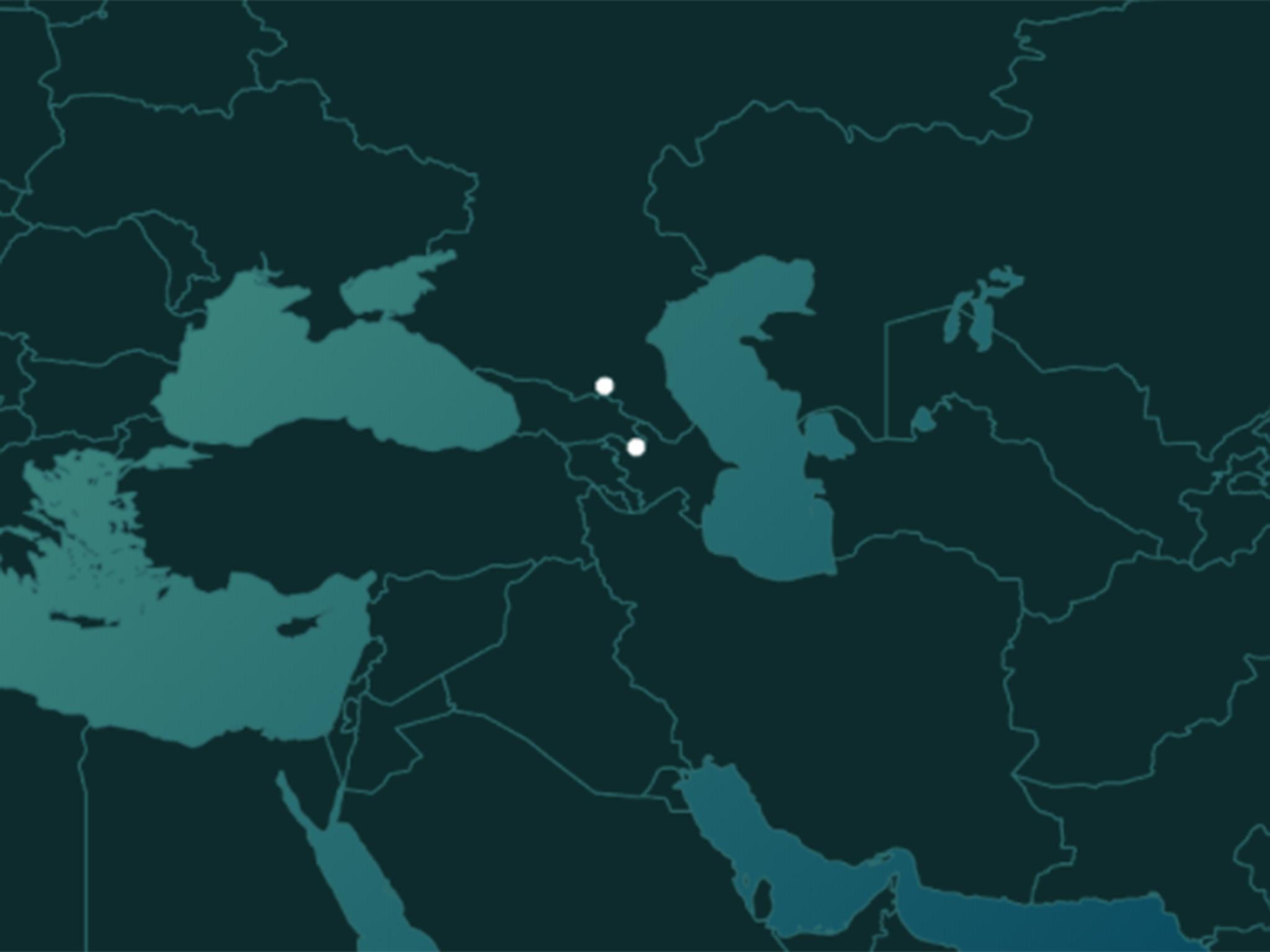
Ossete Georgia, Russia – 550,000 speakers left
Spoken by 550,000 people on the northern slopes of the Caucasus Mountains, the language has its roots in deep antiquity. It belongs to the Iranian branch of the Indo-European family of languages. Its speakers can be found in North Ossetia, which is part of Russia and in South Ossetia, which is part of Georgia.

Quechua Bolivia, Peru – 2,300,000 speakers left
Formerly the main language of the Inca Empire, variants of Quechua are spoken by people in the Andes and highlands of South America. In 2009, Bolivia recognised Quechua and several other indigenous languages as official languages of the country.
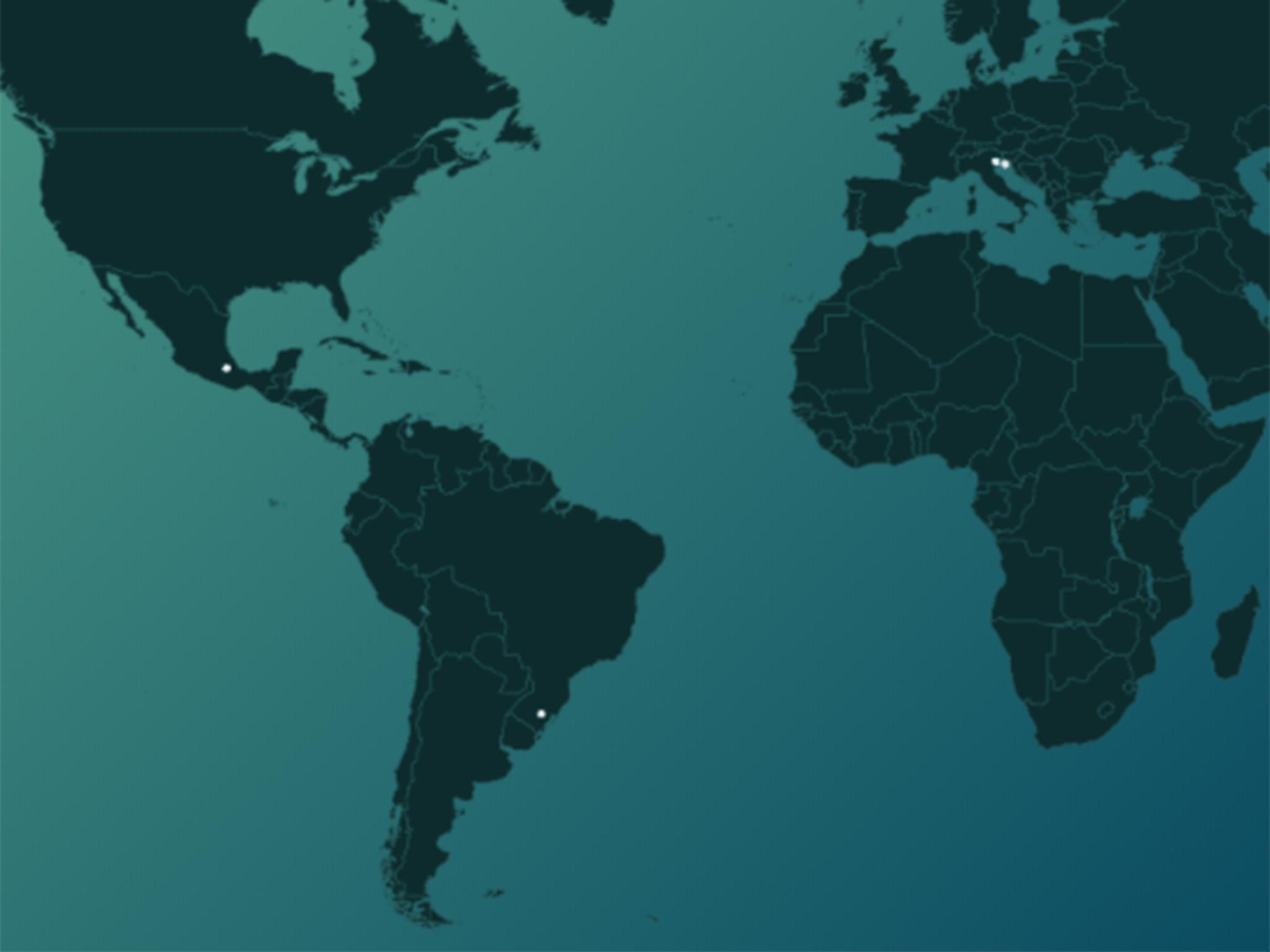
Venetan Italy, Croatia, Slovenia, Brazil, Mexico – 3,800,000 speakers left
Venetan has its roots in the more common forms of Latin, and is inevitably heavily influenced by Italian. It is spoken by almost four million people in the city of Venice and north-eastern Italy's region of Veneto. Outside Italy, it's spoken by communities in Brazil's Rio Grande do Sul and the Mexican city of Chipilo.
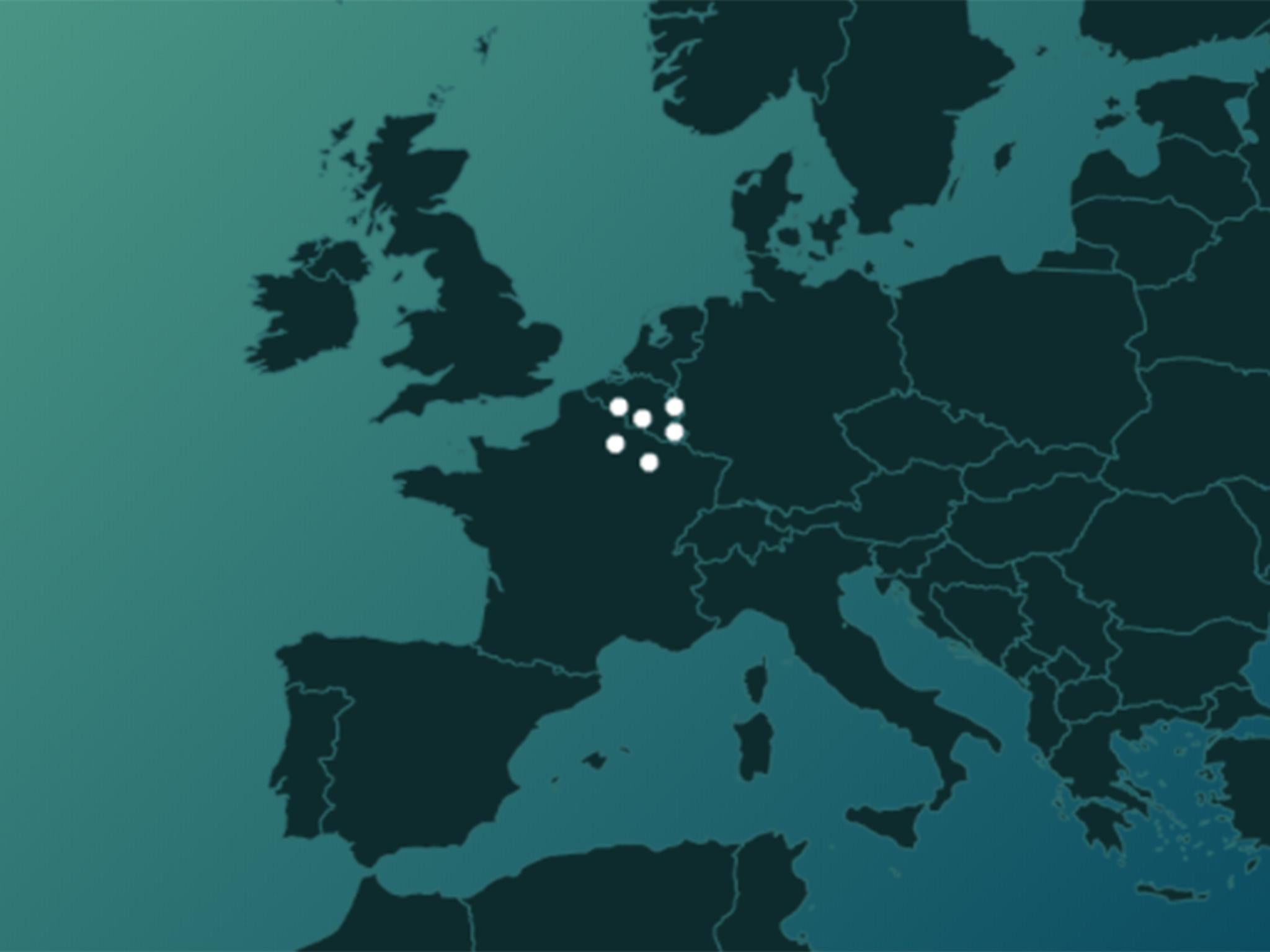
Walloon Belgium, France, Luxembourg – 600,000 speakers left
Restrictions in the language’s transmission since the middle of the 20th century brought about a sharp fall in the number of speakers. A large number of associations are working passionately to keep the language alive, especially among young people.

Welsh Wales, Argentina, Canada – 750,000 speakers left
Counting just over half a million speakers in Wales, this language is a member of the Brittonic branch of Celtic languages. In addition a variant – Patagonian Welsh – is spoken in Argentina, the settlement of Y Wladfa; replacing the English long words in the the British variant with Spanish. It was one of the 55 languages that represented Earth on Nasa’s Voyager program in 1977.
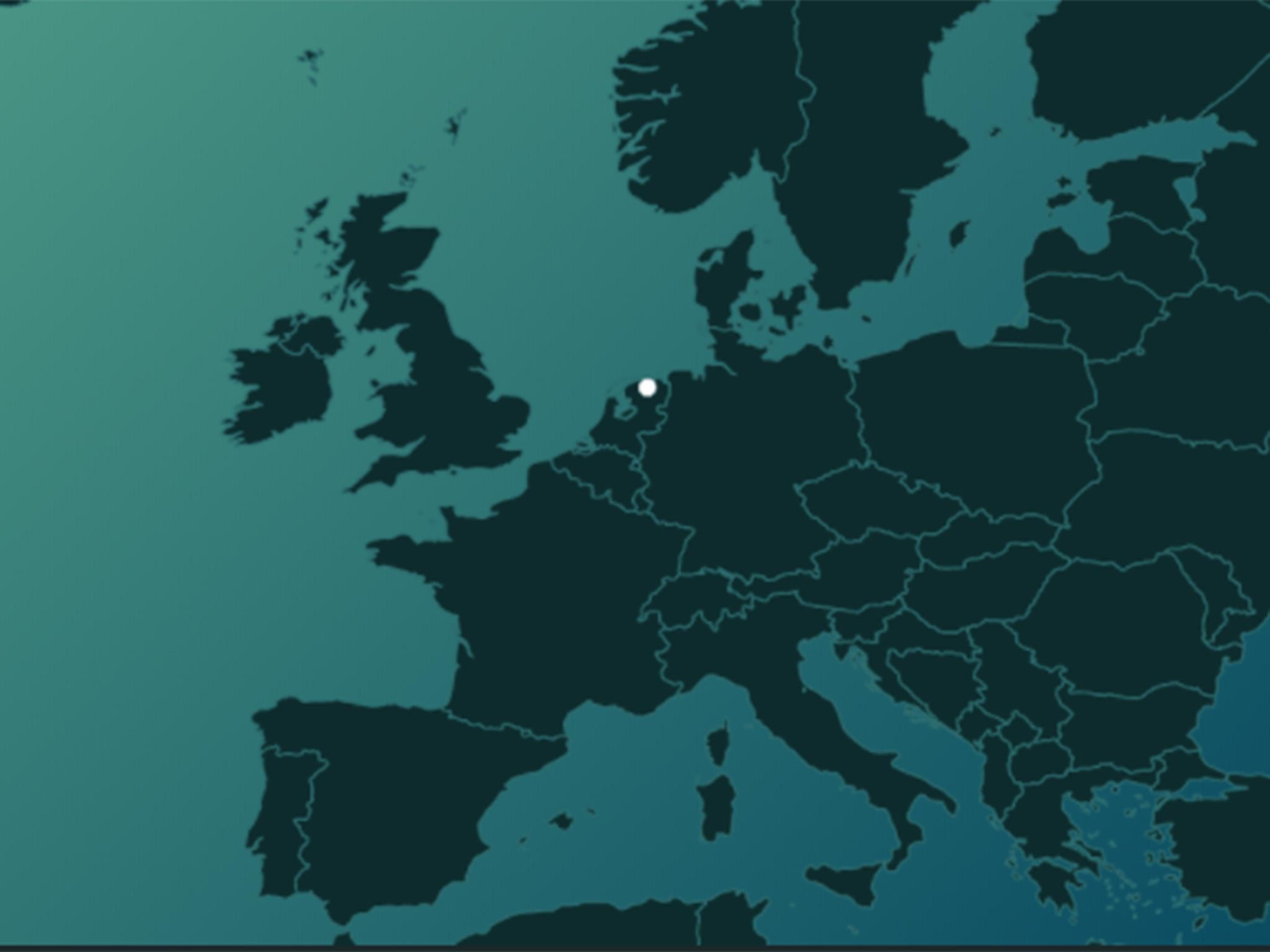
West Frisian Netherlands – Unknown number of speakers left
This West Germanic language is spoken mostly in the rural north of the Netherlands, and is said to be the most closely related language to English outside of Britain. It has been mandatorily taught at every level of Dutch primary schools since 1980.

Wichi Argentina, Bolivia - Unknown number of speakers left
Wichi languages consist of Noktén, Vejoz, Wiznay and Matawayo. They are spoken throughout parts of Argentina and Bolivia, particualry in Rosario - Argentina's third-largest city - where there are approximately 10,000 members of the Whichi community living.
Endangered Languages is brought to you by GoCompare Travel.
Join our commenting forum
Join thought-provoking conversations, follow other Independent readers and see their replies
Comments
Bookmark popover
Removed from bookmarks